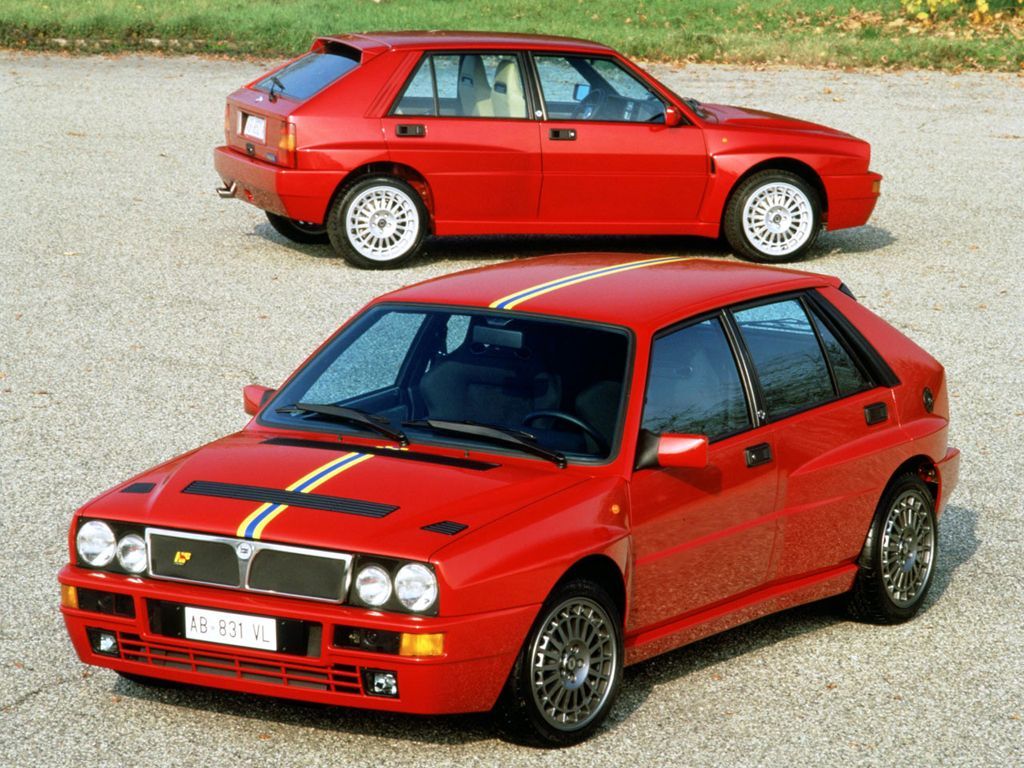
Yet another impressive masterpiece by the well known tuner, Brabus. This time around it was based on the new W204 C-class.
PRESS RELEASE:BRABUS BULLIT
The Ultimate Wolf in Sheep's Clothing with V12 Biturbo Engine, 730 PS (720 hp) / 537 kW, 1,320 Nm (974 lb-ft) of Torque and a Top Speed of More than 360 km/h (224 mph)
Over the past three decades BRABUS has perfected the art of transplanting large and extremely powerful engines into the bodies of small cars. That path led to numerous world records and entries into the Guinness Book of World Records.
The BRABUS BULLIT, built in small-series production based on the new Mercedes C-Class sedan, celebrates its world debut at the IAA 2007 as the ultimate wolf in sheep's clothing.At the heart of this supercar BRABUS placed the BRABUS SV12 S Biturbo displacement engine. It was originally designed for the world's fastest sedan, the BRABUS ROCKET. The implantation of the 6.3-liter (385 cu. in.) engine into the confines of the W 204 series body is yet more proof for the superiority of BRABUS know-how.The BRABUS SV12 S Biturbo engine is produced entirely in-house in the state-of-the-art BRABUS engine building shop. Displacement of the twelve-cylinder three-valve engine is increased with the help of a larger cylinder bore, special pistons and piston rods. The conversion further includes re-machining the cylinder heads and fitting them with special camshafts.The BRABUS engine specialists further developed an entirely new turbocharging system with two larger chargers and more efficient intercoolers. The BRABUS SV12 S Biturbo displacement engine also breathes more feely thanks to metal catalysts with low back pressure and a stainless-steel high-performance exhaust system custom-tailored for the C-Class body.New engine electronics ensure the perfect combination of maximum power yield and running smoothness. The use of custom mapping and the on-board diagnostics system result in low exhaust emissions that meet stringent Euro IV limits.
The BRABUS BULLIT features state-of-the-art traction and stability control systems such as ABS, ASR and ESP.The turbocharged twelve-cylinder engine – lubricated like all BRABUS high-performance engines with ARAL Synthetic motor oil – delivers 730 PS (720 hp) / 537 kW of superlative power and 1,320 Nm (974 lb-ft) of superlative peak torque. The latter is limited electronically in-car to 1,100 Nm (811 lb-ft). Power is transferred to the rear wheels via a massively modified five-speed automatic transmission and a BRABUS rear locking differential with a locking rate of up to 40 percent. It is available with two different final drive ratios.
The performance figures for the BRABUS BULLIT place it into pole position in its class:
The car sprints from 0 – 100 km/h (62 mph) in just 3.9 seconds, reaches 200 km/h
(124 mph) after just 10.49 seconds and shatters the 300-km/h (186 mph) barrier
after a mere 24.5 seconds. Top speed is more than 360 km/h (224 mph).
There are only a very few super sports cars in the world that can hope to match these numbers. Such performance places special demands on aerodynamic properties, suspension and brakes. The sedan body was optimized for runs beyond 300 km/h (186 mph) in the wind tunnel.The BRABUS BULLIT front apron was designed to provide maximum cooling air supply for radiators and front brakes while at the same time minimizing aerodynamic lift. For a perfect aerodynamic balance the four-door features a three-piece rear spoiler and a rear apron with integrated diffuser. Front and rear spoilers are manufactured from especially lightweight yet high-strength carbon fiber, baked in an autoclave. A special aluminum hood with ventilation slots is more than just a visual cue; it also contributes to the thermal health of all components under the hood. BRABUS rocker panels smooth the airstream along the sides and with their integrated entrance lights make entering and exiting the vehicle safer under low-light conditions.
The slightly understated sporty appearance of the supercar is further characterized by aluminum fender flares front and back, seamlessly molded to the stock body. Measurements:- Length 4.590 mm 180.7 in.
- Width 1.830 mm 72.0 in.
- Height 1.402 mm 55.2 in
- Curb weight 1.850 kg 4,079 lbs
Engine:
BRABUS SV 12 S Biturbo displacement engine based on Mercedes 600V12-cylinder 3-valve light-alloy engine with twin turbochargers
Displacement 6,233 cm³ (380 cu. in.)
Compression ratio 9.0 : 1
Rated power 730 PS (720 hp) / 537 kW at 5,100 rpm
Peak torque 1,320 Nm (974 lb-ft) from 2,100 rpm (electronically limited to 1,100 Nm – 811 lb-ft)
Fuel: Super plus (98 octane)
Motor oil: ARALBRABUS
Drivetrain
- Rear-Wheel Drive
- Reinforced five-speed automatic transmission
Gear ratios: 1st gear 3.592nd gear 2.193rd gear 1.414th gear 1.005th gear 0.83
BRABUS locking rear differential with 40 percent locking rate
Final drive either 2.65 : 1 (top speed 315 km/h – 196 mph) or 2.24 : 1 (top speed 350 km/h – 217 mph – electronically limited).
Suspension:
- Independent suspension front and rear with height-adjustable BRABUS coil-over suspension.
Front axle:Three-link, anti-dive geometry. Height-adjustable BRABUS struts with coil springs and gas-pressure shocks featuring ten settings each for bound and rebound; BRABUS sport sway bar.
Rear axle:Five-link, anti-dive and anti-squat geometry. Height-adjustable BRABUS struts with coil springs and gas-pressure shocks featuring ten settings each for bound and rebound; BRABUS sport sway bar
Wheels:
Brake System:
- Dual-circuit brakes with Brake Assist and BRABUS high-performance brake system.
Front: BRABUS 12-piston fixed aluminum calipers with vented and grooved 380 x 37 mm (15 x 1.46 in.) steel brake discs.
Rear: BRABUS six-piston fixed aluminum calipers with vented and grooved 360 x 28 mm (14.2 x 1.1 in.) steel brake discs.
Performance
0 - 100 km/h (62 mph): 3.9 sec
0 - 200 km/h (124 mph): 10.49 sec
0 - 300 km/h (186 mph): 24.5 sec
Top speed: more than 360 km/h (224 mph)






















